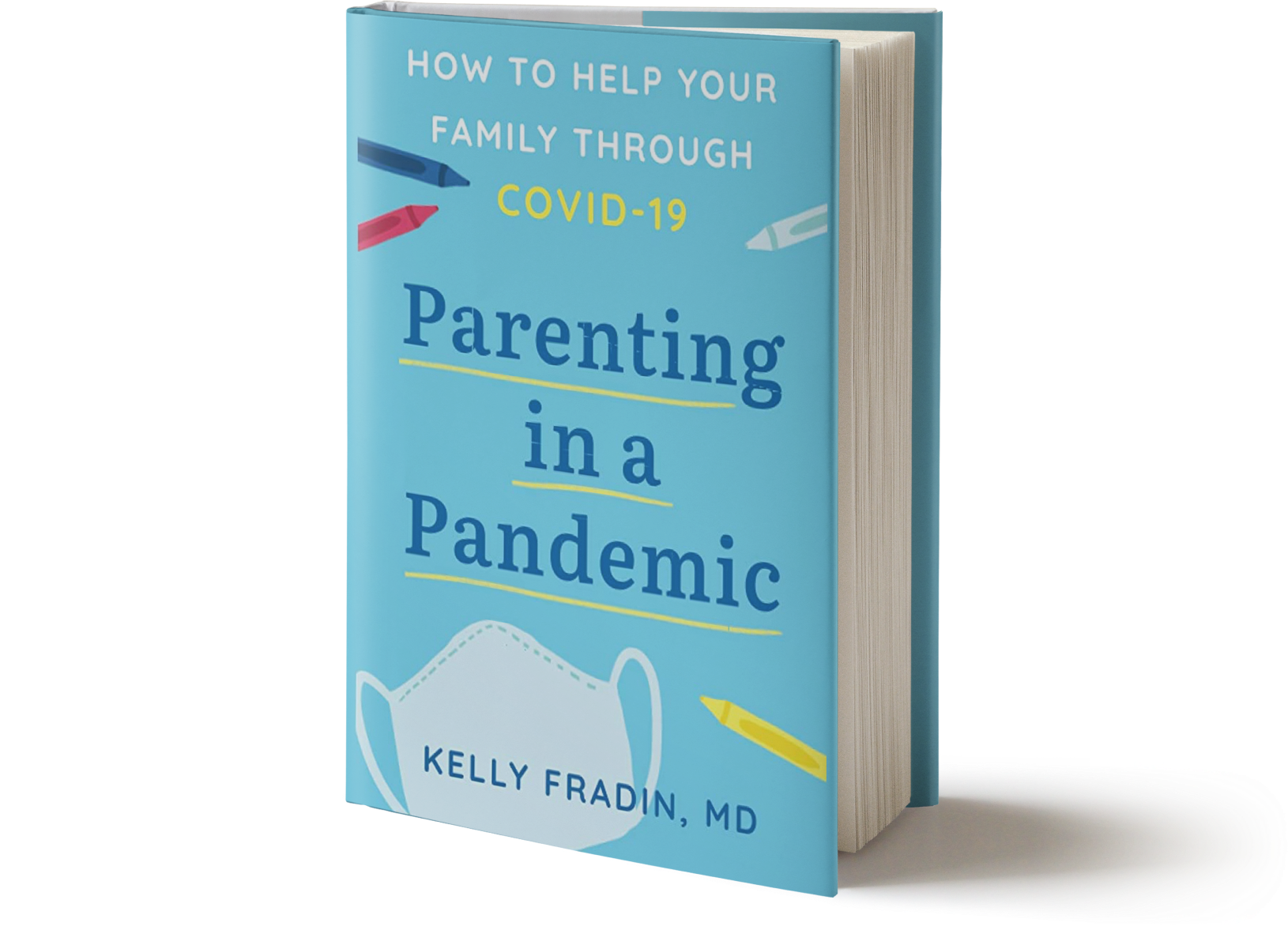So Emily Oster and I had a live discussion on instagram about coronavirus. It was really fun and you can watch it on my IGTV.
I wrote up my main takeaways (as follows) because a reporter from Insider asked me to for their piece about our discussion. So I’ll share my reflections here. Both Professor Oster and I have read all the data we can on the risk of coronavirus to children, and we agree it’s small. The available data is imperfect for several reasons because children haven’t been tested as frequently as adults during this pandemic, because children frequently are asymptomatic or mildly symptomatic, and because children have often been sheltered from exposures to do dramatic shutdowns.
To us, the biggest risks of reopening school are to the adults involved – the teachers, parents and household contacts. The benefit of school to children is enormous. Mental health benefits, social skills, physical activity, and learning opportunities in school are better for kids. Children may be safer in school if their parents are unable to provide supervision. Children with developmental challenges and special needs may benefit from school even more dramatically. Coronavirus can be devastating to some, and we have to be responsible in reopening childcare centers and schools to protect our communities.
Professor Oster’s data seeks to adds to what we know about how childcare centers in the US may influence the spread of disease. The Netherlands, Australia, Singapore, France, Israel and Canada have shared reassuring case tracking data from their schools, but it’s hard to extrapolate how different American schools are in their behavior and activities than these other countries. Certainly our case tracking and surveillance is less vigorous and currently the prevalence of disease in many of our communities is higher. So I wanted to shine a light on her efforts as it’s significant to track nearly 1000 schools with a broad geographic distribution over the US.
However, as she acknowledges the data is preliminary, and there are a number of challenges for parents to interpret these details accurately. Most importantly, these daycares and schools are self-reporting. If a school had a lot of cases they may choose not to participate. Cases in children may be underestimated if they aren’t tested and diagnosed – and since so many children are asymptomatic we almost certainly are missing many. Cases in adults may be missed too if they don’t self-report or pursue testing. The data doesn’t compare how the cases compare to the overall community (ie. if 3% of staff in a school have covid while the rest of the state has 0.1% or 30% it implies something different). No one is suggesting all these cases were due to school, certainly some are coming from infected parents or involvement in the community. We also don’t know precisely what the attendance was like during the period of surveillance (if parents kept kids home) or what preventive measures were used.
But as Professor Oster points out in our discussion what is useful to see is the number of schools who report one or two cases in students and staff. This implies that at least at the time of submitting the data that the US is having a similar experience to the other countries, that cases in school are not driving transmission in the community and causing large outbreaks.
We both agree that in the fall schools will have to have comprehensive plans in place to protect school staff and students. These plans will and should vary depending on the school and age of the children as younger children will tolerate less masking and may be less prone to spread disease than older students. We hope that by Professor Oster and others collect more data about camps and currently open programs, we will have more guidance to make these plans the best they can be in the fall.
We talked a lot about the difficulties parents – including us- face during this time making decisions. We discussed strategies and what we recommend when dealing with infants at home and grandparents too. I hope it was a helpful talk!

